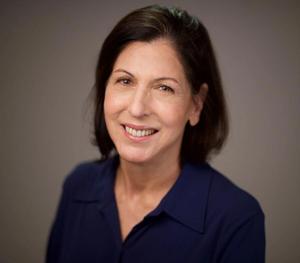
In a striking juxtaposition, six U.S.-based scientists have recently been awarded Nobel Prizes, underscoring the significant contributions of American public universities to global research and innovation. Among the recipients, five are affiliated with California’s higher education system, further highlighting the state’s role as a leader in academic excellence. This celebration of achievement comes at a time when President Donald Trump has intensified his criticism of universities, framing them as failing to uphold free speech and maintain order on campus.
Trump’s rhetoric has been particularly pointed, accusing institutions of fostering environments that allow antisemitism and other forms of disruptive behavior to thrive. While he raises valid concerns about these issues, his administration’s approach has largely centered on reducing funding for these educational institutions. He has presented his agenda as a means to “save” taxpayer money, suggesting budget cuts that would impact critical research funding.
Among the latest Nobel laureates in medicine are Mary Brunkow and Fred Ramsdell, who have made significant strides in immunology. Brunkow earned her degrees from the University of Washington and Princeton University, while Ramsdell completed both his bachelor’s and doctorate at the University of California, San Diego, and Los Angeles. Their collaboration with Shimon Sakaguchi from Japan’s Osaka University reflects the international nature of scientific advancement.
In the realm of physics, the Nobel Prize was awarded to three scientists: one from the UK, one from France, and one from the U.S. Notably, John Martinis, who completed all his studies at the University of California, Berkeley, played a pivotal role in their groundbreaking research on “macroscopic quantum mechanical tunneling and energy quantization in an electric circuit.”
The Nobel Prize in Chemistry went to Omar Yaghi, a distinguished chemist at Berkeley, who has roots in Amman, Jordan, and completed his undergraduate studies at the State University of New York in Albany. His Ph.D. was awarded by the University of Illinois at Urbana-Champaign. These achievements shine a light on the critical role that public universities play in fostering talent and driving innovation.
However, Trump’s administration poses a threat to this academic success. His proposed funding cuts could amount to approximately $584 million in grants at UCLA alone. This includes an aggressive attempt to secure nearly $1 billion in funding tied to campus unrest. Such measures have prompted state lawmakers in California to consider alternatives, including a potential $23 billion bond measure aimed at replacing lost federal funding for scientific research.
If passed, this initiative could empower California to provide grants and loans to its own universities and research institutions, effectively bypassing the National Institutes of Health (NIH), which is the largest funder of medical research globally. The implications of this shift could be significant, particularly for universities outside California, which may find themselves at a disadvantage in securing federal research funds.
The situation has sparked a broader coalition among states such as Washington and Oregon, which are joining forces to review scientific data and make recommendations on vaccines. Meanwhile, similar initiatives are emerging on the East Coast, indicating that concerns about federal funding and scientific research are resonating beyond California.
As Trump continues to challenge the funding and operations of America’s universities, the potential consequences of his policies could have far-reaching effects on the nation’s academic landscape. The pressure on institutions is palpable, raising questions about the future of scientific research and education in the United States.
In summary, the achievements of American scientists are a testament to the strength of the nation’s public universities, which serve as vital engines of innovation. Yet, the current political climate presents significant challenges that threaten this legacy. As the discourse around funding and free speech intensifies, the future of these institutions hangs in the balance.







